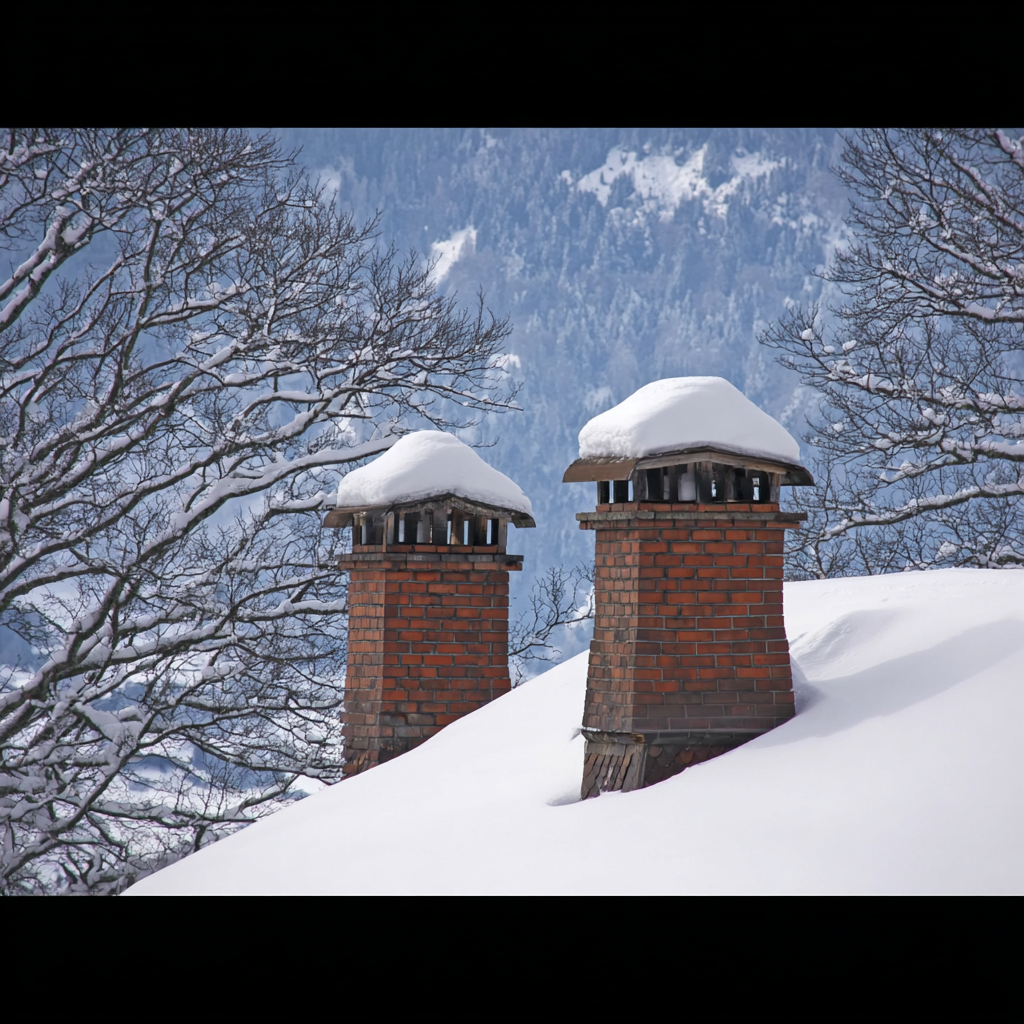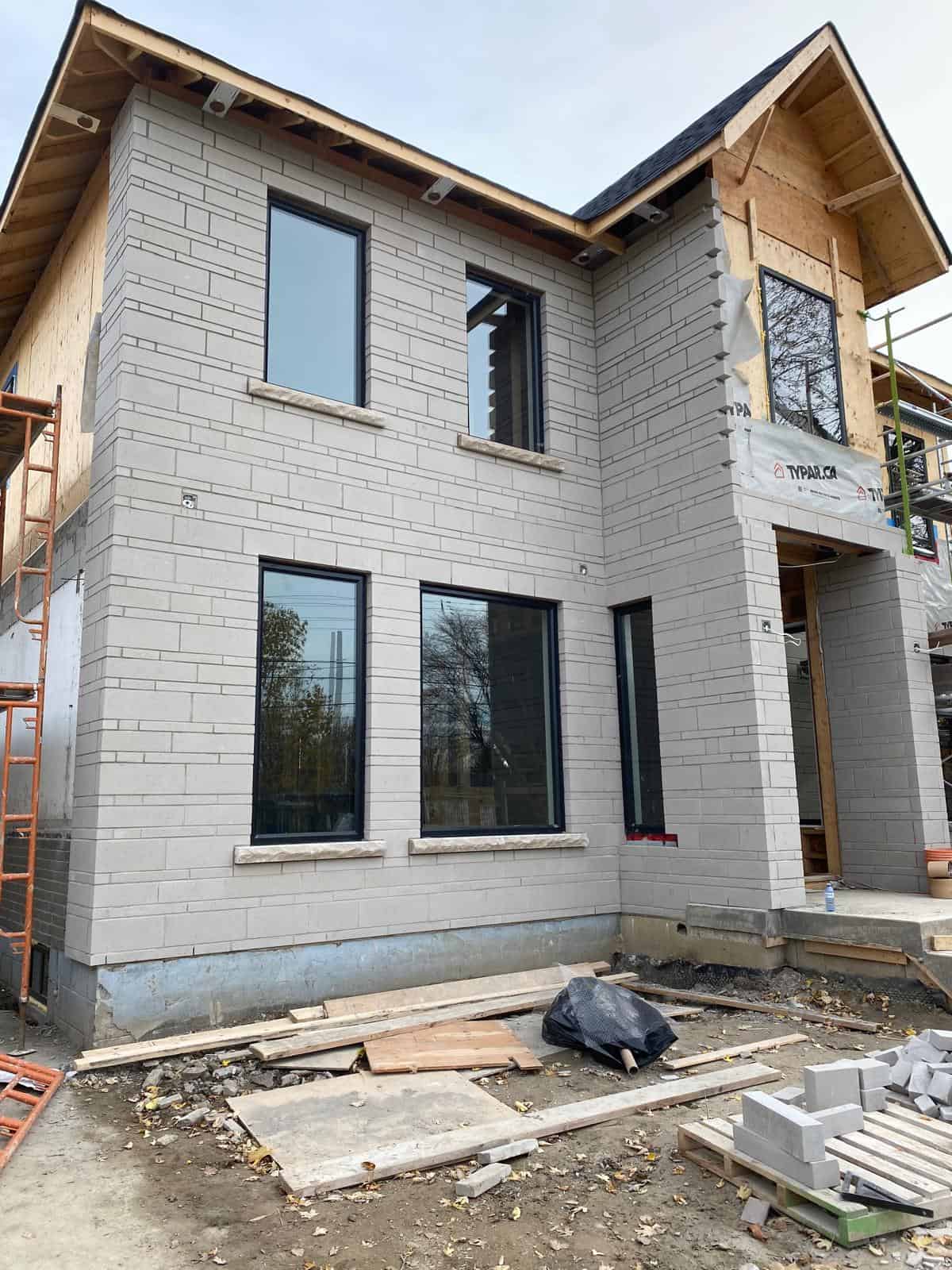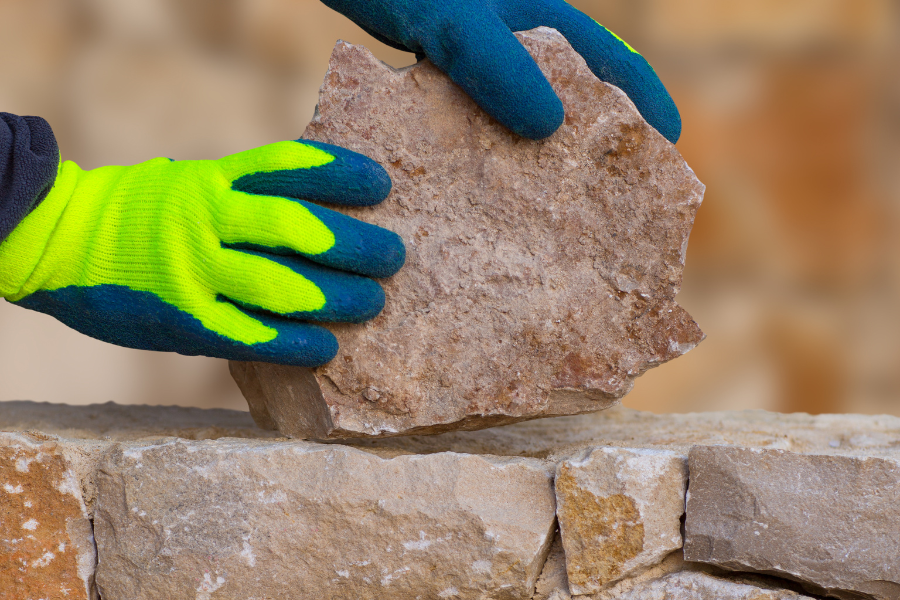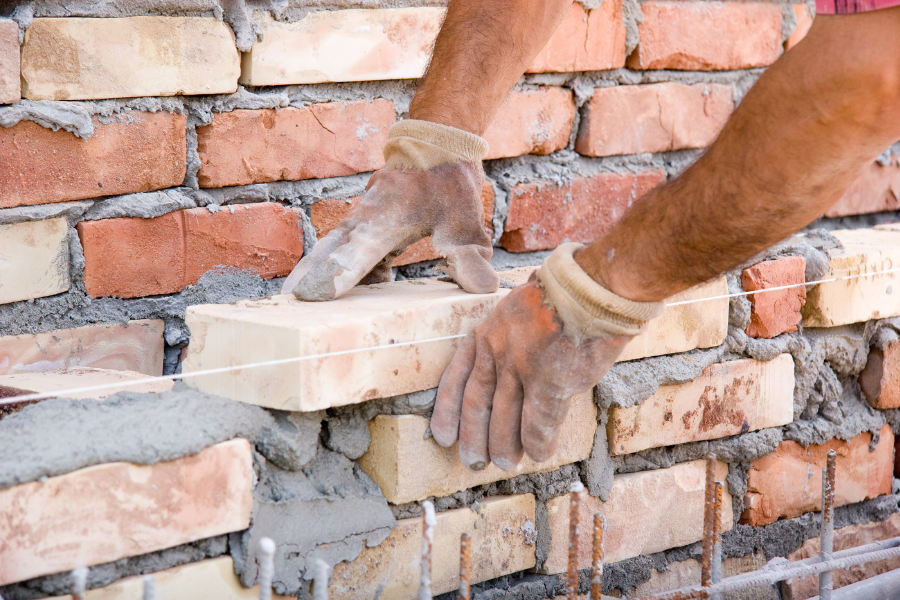Understanding the Difference Between Brick and Stone Masonry

Masonry is one of the oldest crafts in human history, with its origins tracing back to ancient civilizations. Over time, both stone and brick masonry have undergone significant evolution, incorporating modern techniques, tools, and materials while still honoring traditional methods. Sometimes it may seem very hard to pick the best masonry material for your project.
When deciding between brick and stone for your masonry project, it’s essential to weigh the pros and cons of each material. Both options offer distinct advantages, and choosing the right one depends on your home’s style, durability requirements, and budget. By understanding the strengths and weaknesses of brick and stone, you’ll be better equipped to select the material that aligns with your design preferences and practical needs.
What is Brick Masonry?
Brick masonry is a building method that relies on arranging bricks with mortar to form strong, durable structures. This technique involves carefully placing bricks in specific patterns to create walls, partitions, arches, and other architectural features. Known for its lasting strength and classic appeal, brick masonry has been a cornerstone of construction for centuries due to its ability to withstand diverse weather conditions and its versatility. From solid brickwork to cavity walls, this method showcases the craftsmanship required to build sturdy, enduring structures, one brick at a time.
History of Brick Masonry
The history of bricks dates back thousands of years, with some of the oldest discovered bricks estimated to be from 7000 BC. These ancient bricks, found near Jericho and modern-day Turkey, were likely made from mud clay and sundried in the open air. Similar bricks from around the same period—7000 to 3500 BC—have been uncovered across the Middle East and the Persian Gulf, with mudbrick structures also found in South Asia, including Pakistan. Even ancient Egyptian ruins show that sun-dried clay bricks, often mixed with straw, were used in construction.
Interestingly, the concept of brickmaking appeared independently in various regions. While mud bricks were common, fired bricks—first produced in China around 4000 to 3000 BC—offered greater durability. In Central America, the Aztecs were using sun-dried Adobe bricks, mixed with straw, by the 15th century to construct monumental structures, including their pyramids. The advent of brick firing revolutionized brick production, enabling bricks to be made in advance, stored, and used year-round in cooler climates.
During the Renaissance and Baroque periods, exposed brick fell out of favor, with many buildings being covered in plaster. However, brick made a major comeback in the 19th century, particularly during the Industrial Revolution, when it became the material of choice for rapidly expanding urban housing.
What is Stone Masonry?
Stone masonry is a traditional building technique that focuses on constructing or restoring structures using natural stone. This method has been integral to creating some of the most enduring and impressive landmarks throughout history. Known for its durability and aesthetic appeal, stone masonry combines technical skill and artistry to produce visually stunning and long-lasting results.
The process involves carefully arranging stones, whether irregular or precisely shaped, to form walls, facades, arches, or other architectural elements. Mortar is often used to bond the stones together, though in some cases, dry-stacking allows the stones to interlock without adhesive. Stone masonry’s enduring strength and timeless beauty make it a popular choice for homeowners looking to incorporate natural elegance into their living spaces.
History of Stone Masonry
Stone masonry is far more than a method of construction, it stands as a testament to human innovation and artistry across the ages. Its influence on architecture and culture has been immense, contributing to some of the most iconic structures in history.
From the pyramids of Egypt to India’s ornate temples, stone masonry has played a role in creating architectural wonders that have endured for millennia. The Great Pyramids, built over 4,500 years ago, showcase the lasting power of stone masonry and the Egyptians’ engineering expertise. Likewise, structures such as the Western Wall in Jerusalem and Machu Picchu in Peru reveal how various cultures used stone to construct places of worship, defense, and daily life, embedding this craft deeply into their societies.
In Europe, stone masonry reached new heights during the Middle Ages with the rise of cathedrals, castles, and fortresses. Gothic architecture, characterized by its towering vaults and intricate designs, highlights the artistic and technical mastery of stone, as evidenced by the Notre Dame Cathedral and Chartres Cathedral.
Though modern construction methods have evolved, the timeless appeal of stone masonry endures. Contemporary architects continue to draw on its beauty and resilience, paying homage to a craft that has shaped human history.
Main Differences Between Stone and Brick Masonry
Durability
When selecting between brick and stone for a construction project, durability and longevity are often key considerations. Both materials offer excellent resilience, but each comes with its own strengths. Brick is known for its strong resistance to fire, pests, and various weather conditions. Stone is equally impressive in its durability, with natural resistance to fire, water, and pests.
Cost
When comparing the costs of brick and stone for a project, it’s important to consider both the upfront expenses and the potential long-term maintenance. Brick tends to be more cost-effective than natural stone, which makes it appealing for those on a budget. Although brick requires occasional upkeep, such as repointing mortar or cleaning, these maintenance costs are relatively minor when compared to stone.
Natural stone is typically more expensive, reflecting its upscale look and longevity. Stone masonry also requires specialized skills, which can add to the overall cost. While stone is generally low-maintenance, any necessary repairs or replacements can be more costly than those for brick.
Maintenance
When it comes to maintaining and repairing brick and stone masonry, both materials require periodic attention to preserve their strength and appearance, though the specifics differ. Brickwork may need repointing from time to time to restore worn mortar joints and prevent water from seeping in. While bricks are generally durable, they can be vulnerable to frost damage and salt deposits, which may necessitate cleaning or sealing.
On the other hand, Stone is relatively low-maintenance and resilient against most environmental factors, but it might need occasional cleaning or resealing to avoid staining or surface degradation. However, if repairs are necessary, they can be complex and expensive, particularly if the damaged stone is difficult to match or replace.
Final Word
When weighing the pros and cons of stone masonry and brick masonry, each offers distinct benefits and challenges. Stone masonry provides exceptional durability, a natural aesthetic, and excellent fire resistance. However, it tends to be more expensive due to the specialized labor and limited availability of quality stone.
On the other hand, brick masonry is more affordable, with uniform sizing and good overall strength, though it may not match the longevity or appearance of stone. The decision between these two materials ultimately depends on the specific needs of the project, including design preferences, budget, and structural requirements.
Get your Masonry Project completed with GTA Masonry for dreamy results you wont be able to stop admiring.







Hours of Operation
Monday - Sunday
8:00 AM - 8:00 PM




